
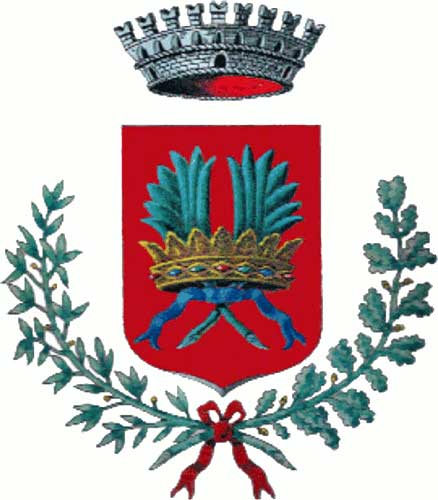
Canepina is located in the area of Etruscan influence, but the first document on its history is located in the archive of the Farfa Abbey which includes it among its possessions with the name Fundus Canipinae.
Leo IX (1049-1054) gave assignment of the town to the Di Vico family, official prefects of Rome, to build a defensive castle to protect against attacks from the plains of the Tiber. The medieval village was constructed around this castle because here the inhabitants took refuge against the incursions of soldiers of various powerful local families at war for power over the territory.
In 1154 Pope Adrian IV bought the castle putting it among the possessions of the Church. The area was already famous for the quality of its hemp competed for by all the noblewomen and the Roman prelates.
In 1170 it came under the control of the town of Viterbo who restored it to the Holy See in 1332. A description of Canepina given by Pope Pius II in 1460 describes it as poor and obscure.
Around the end of the fifteenth century, Canepina went through a period of growth with new religious interest. In 1487 the walls of Canepina were repaired and enlarged, including the village and the three entrance gates.
Canepina then became part of the Duchy of Castro created by Pope Paul III Farnese for his son Pier Luigi. After the destruction of Castro, which occurred in 1649 at the behest of Pope Innocent X, Canepina returned under the dominion of the Church with which it remained until the unification of Italy.




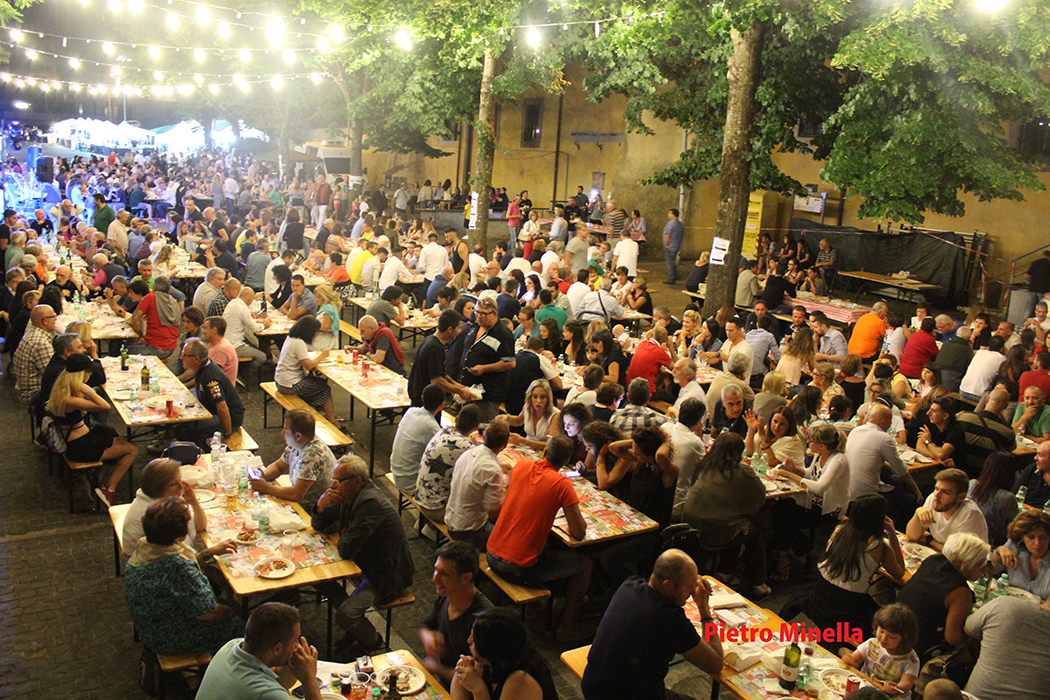
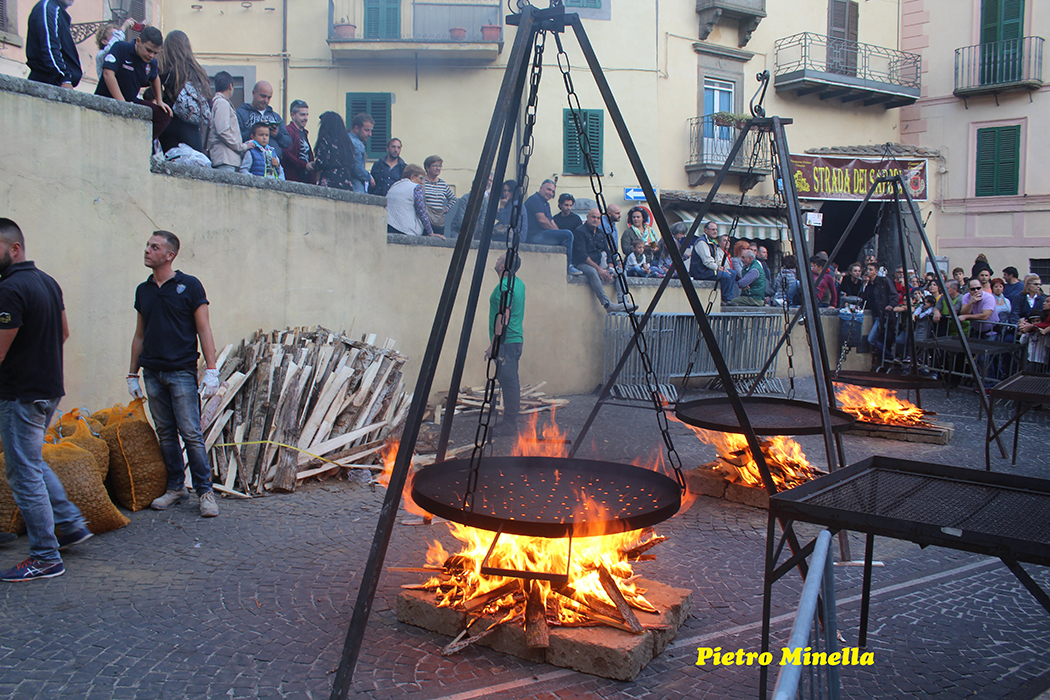
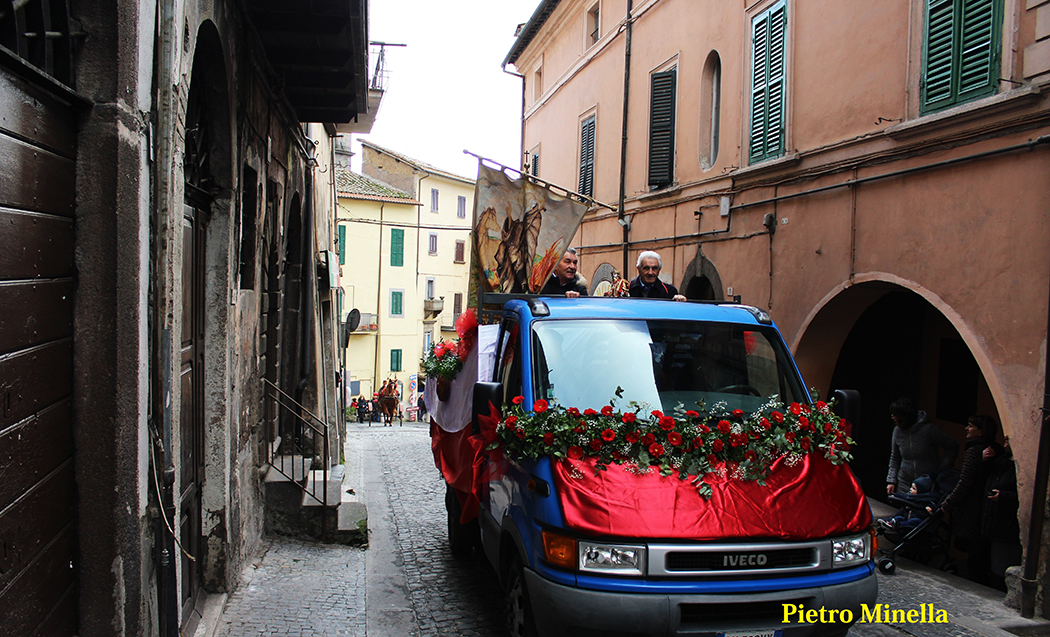
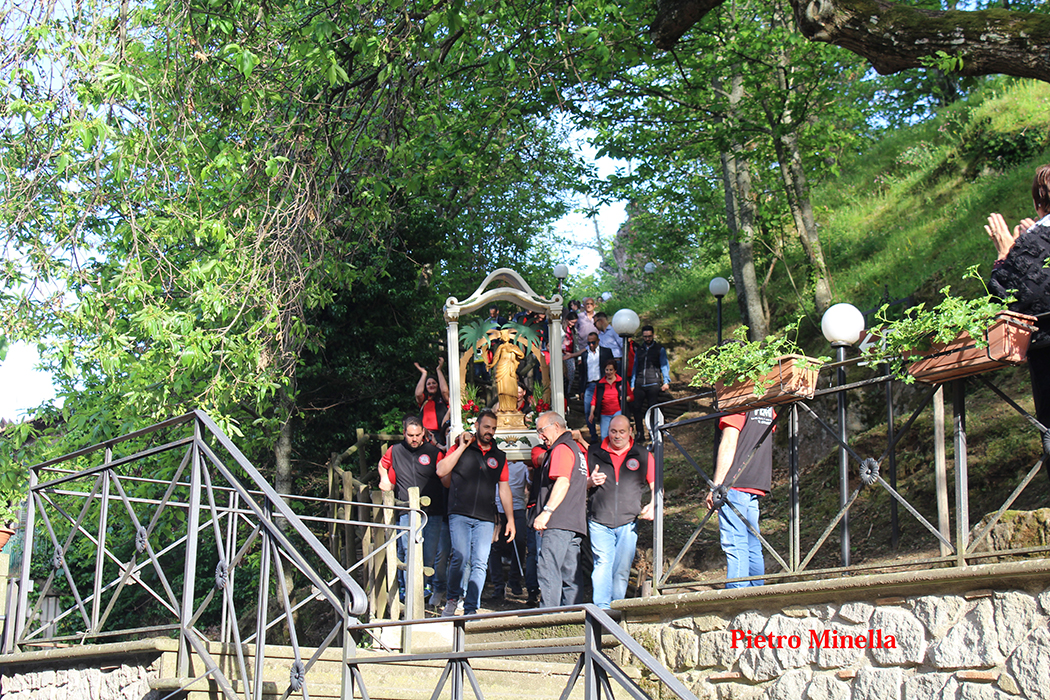
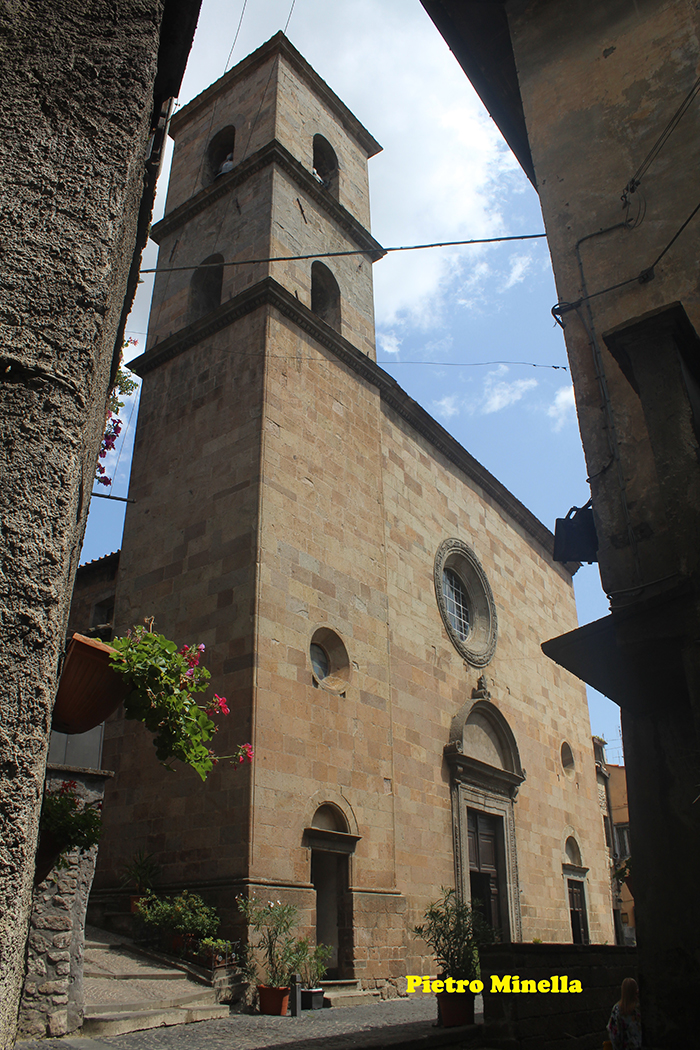
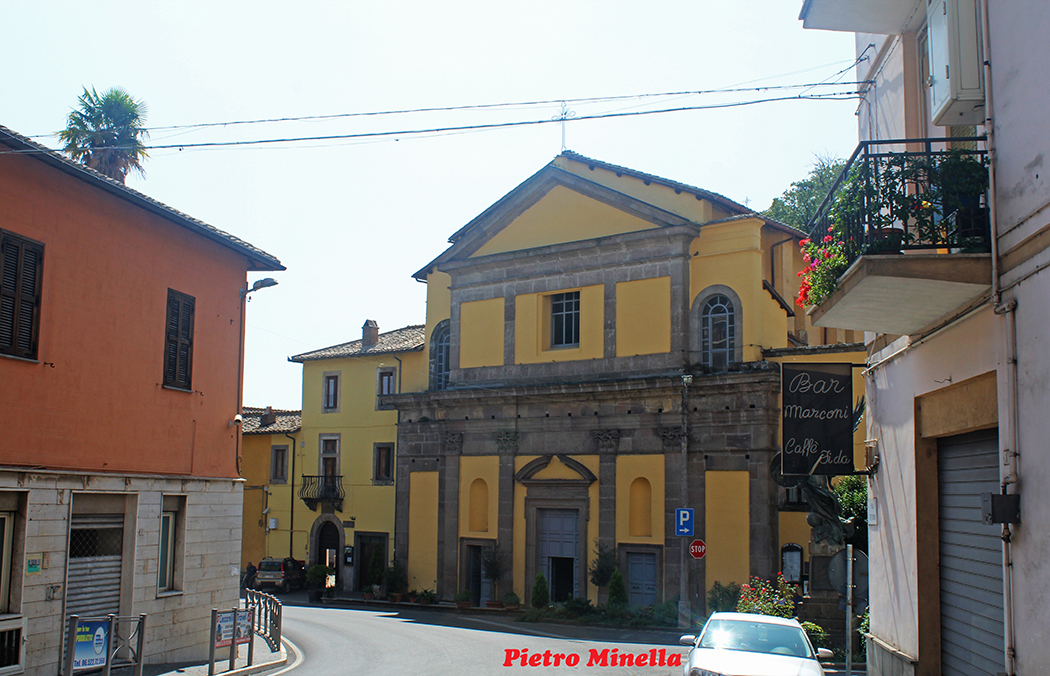
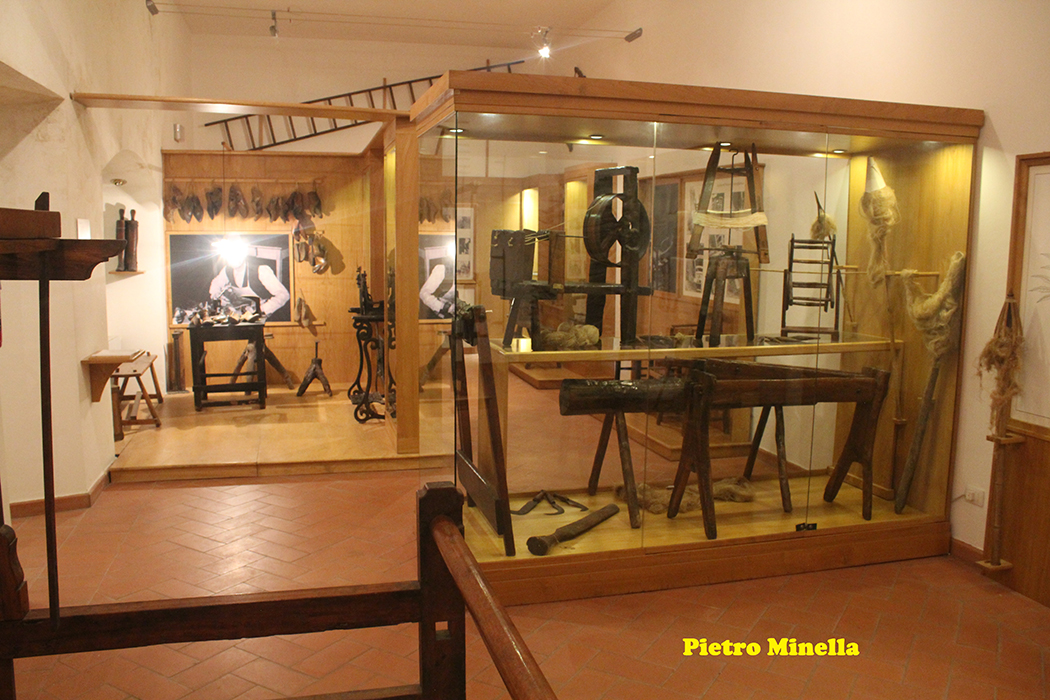
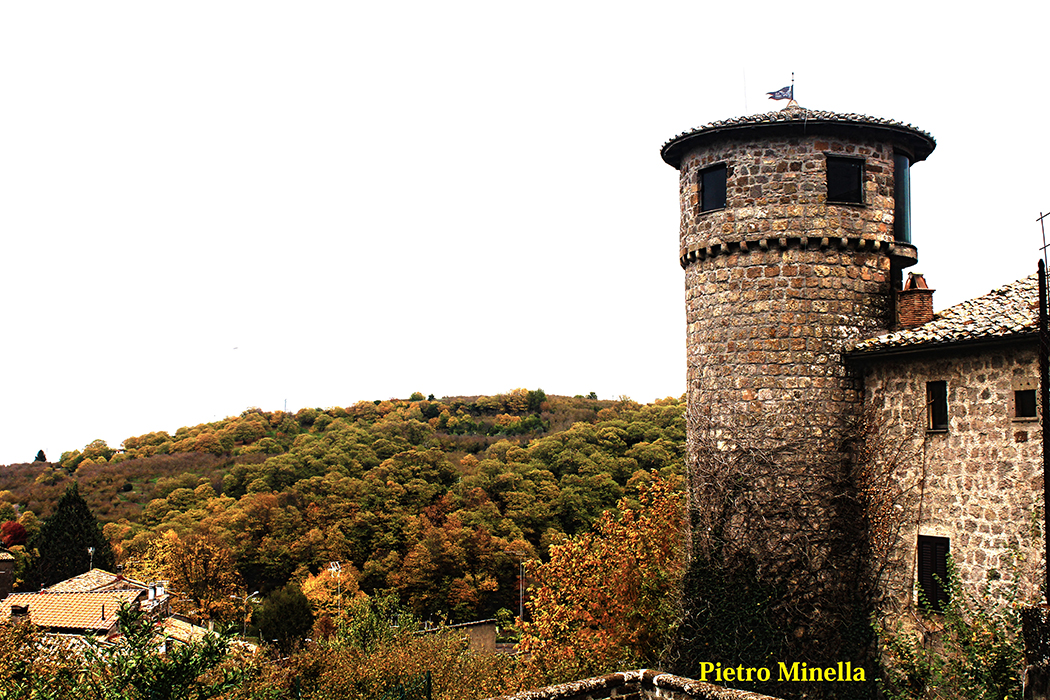
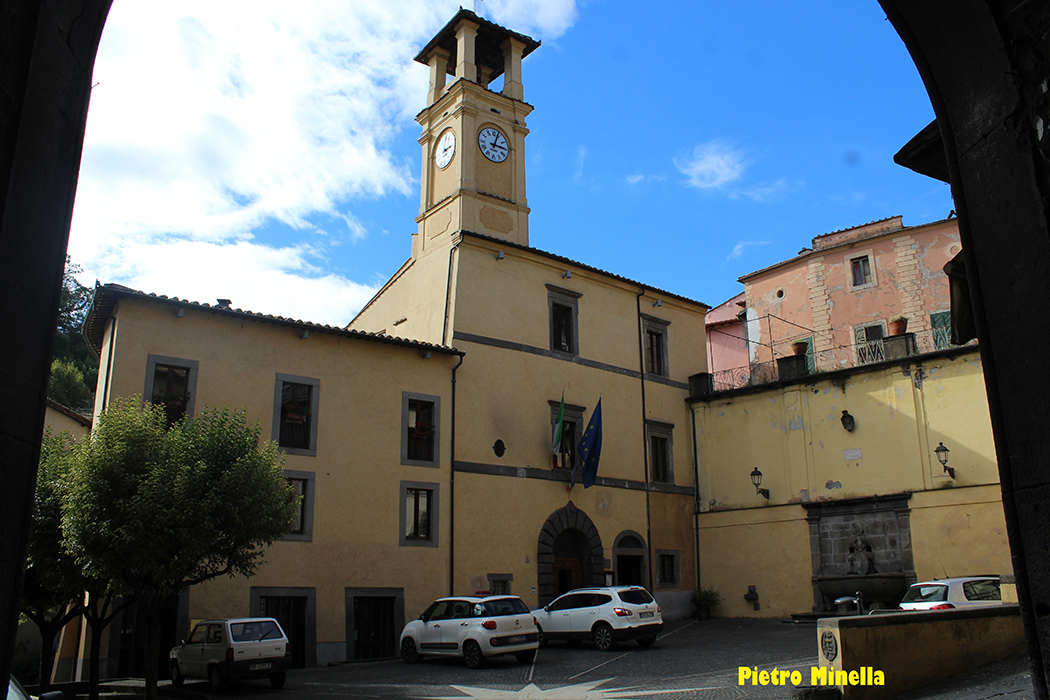

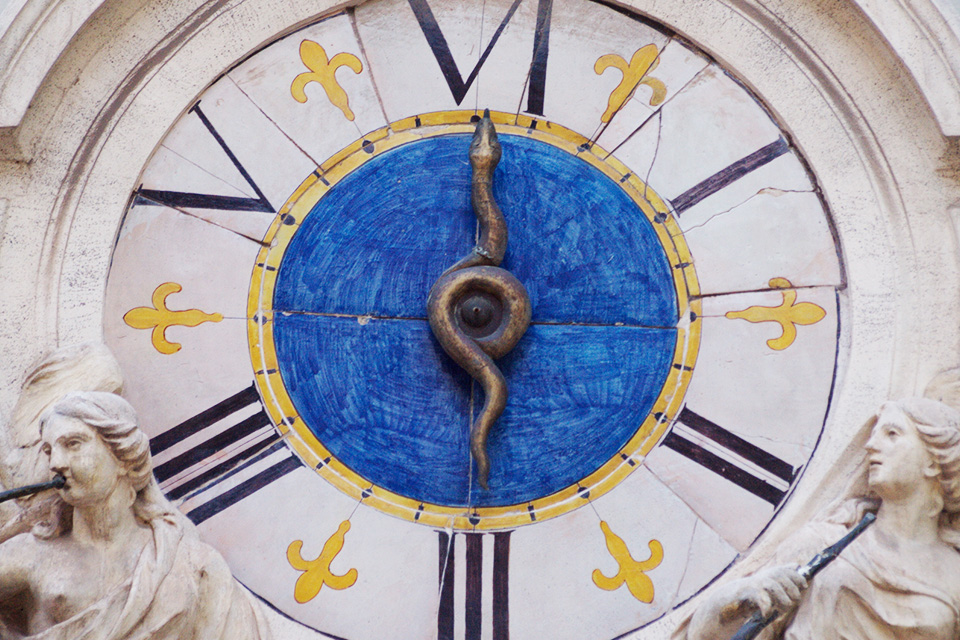
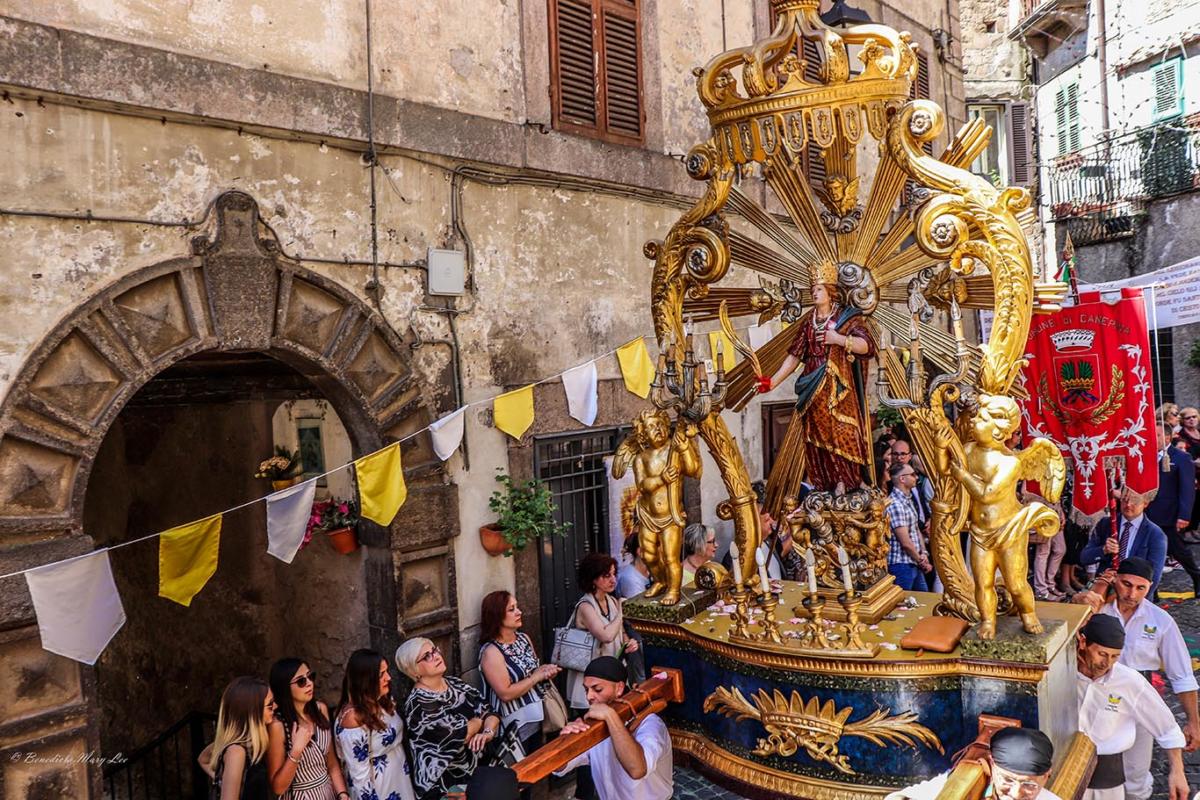
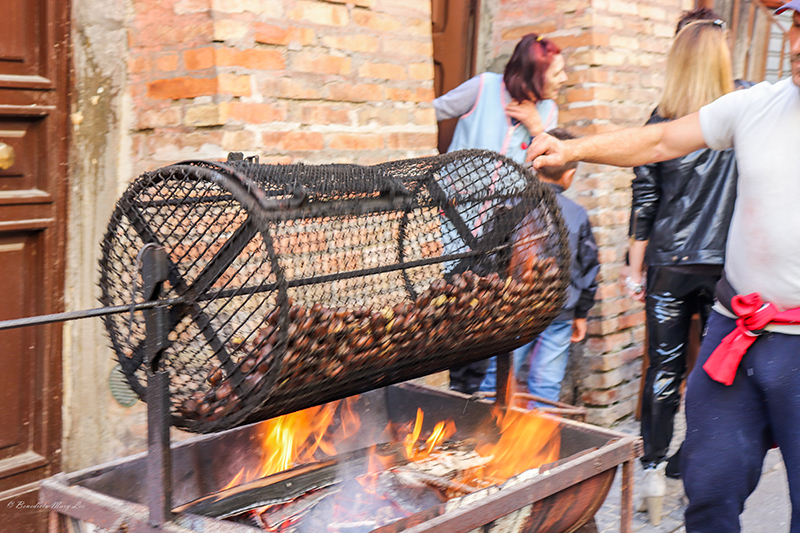




Follow us